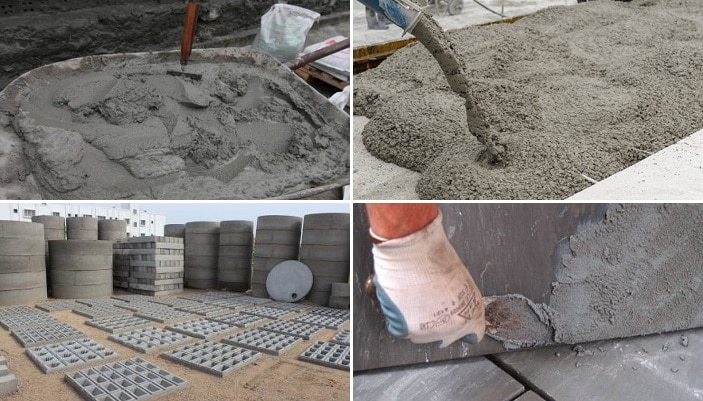The Most Unsustainable Building Material: Exploring the Environmental Impact of Concrete
2 min read
As the world's population continues to grow, so does the demand for new buildings and infrastructure. However, the construction industry is also one of the largest contributors to greenhouse gas emissions, accounting for approximately 39% of global carbon dioxide emissions. One of the most unsustainable building materials is concrete, which is widely used in construction due to its strength, durability, and affordability. In this article, we will explore the environmental impact of concrete and why it is considered the most unsustainable building material.
The Environmental Impact of Concrete:
Concrete is made by mixing cement, water, and aggregates such as sand and gravel. The production of cement is one of the most carbon-intensive processes, accounting for approximately 8% of global carbon dioxide emissions. In addition, the extraction of sand and gravel can cause significant environmental damage, including habitat destruction, soil erosion, and water pollution. The transportation of these materials also contributes to carbon emissions.
Once concrete is produced, it has a significant impact on the environment throughout its life cycle. Concrete buildings and infrastructure require a large amount of energy to heat, cool, and light, contributing to greenhouse gas emissions. Concrete also has a low thermal resistance, which means that it is not an effective insulator, leading to higher energy consumption in buildings. When concrete buildings are demolished, the waste generated is difficult to recycle and often ends up in landfills, contributing to environmental pollution.
Sustainable Alternatives to Concrete:
While concrete is widely used in construction, there are sustainable alternatives that can be used instead. One alternative is timber, which is a renewable resource that can be sustainably harvested. Timber buildings also have a lower carbon footprint than concrete buildings, as they require less energy to produce and have a higher thermal resistance. Other sustainable alternatives include bamboo, straw bale, and rammed earth.
Conclusion:
In conclusion, concrete is the most unsustainable building material due to its significant environmental impact throughout its life cycle. The production of cement and the extraction of aggregates contribute to carbon emissions and environmental damage, while the energy consumption of concrete buildings and infrastructure contributes to greenhouse gas emissions. Sustainable alternatives such as timber, bamboo, straw bale, and rammed earth can be used instead to reduce the environmental impact of construction. As the demand for new buildings and infrastructure continues to grow, it is essential to consider the environmental impact of building materials and choose sustainable alternatives whenever possible.
